If you're in the market for new tires and are unsure about the importance of sidewall size, you've come to the right place. We conducted extensive research to provide you with valuable insights into the matter.
The size of the tire sidewall is important since it affects your vehicle's:
- Comfort
- Handling
- Load Capacity
- Clearance
In this article, we'll dive deep into the significance of tire sidewall size and its impact on your vehicle's performance, providing insights that can help you make an informed decision when buying new tires for your vehicle.
Why Does The Tire Sidewall Size Matter?
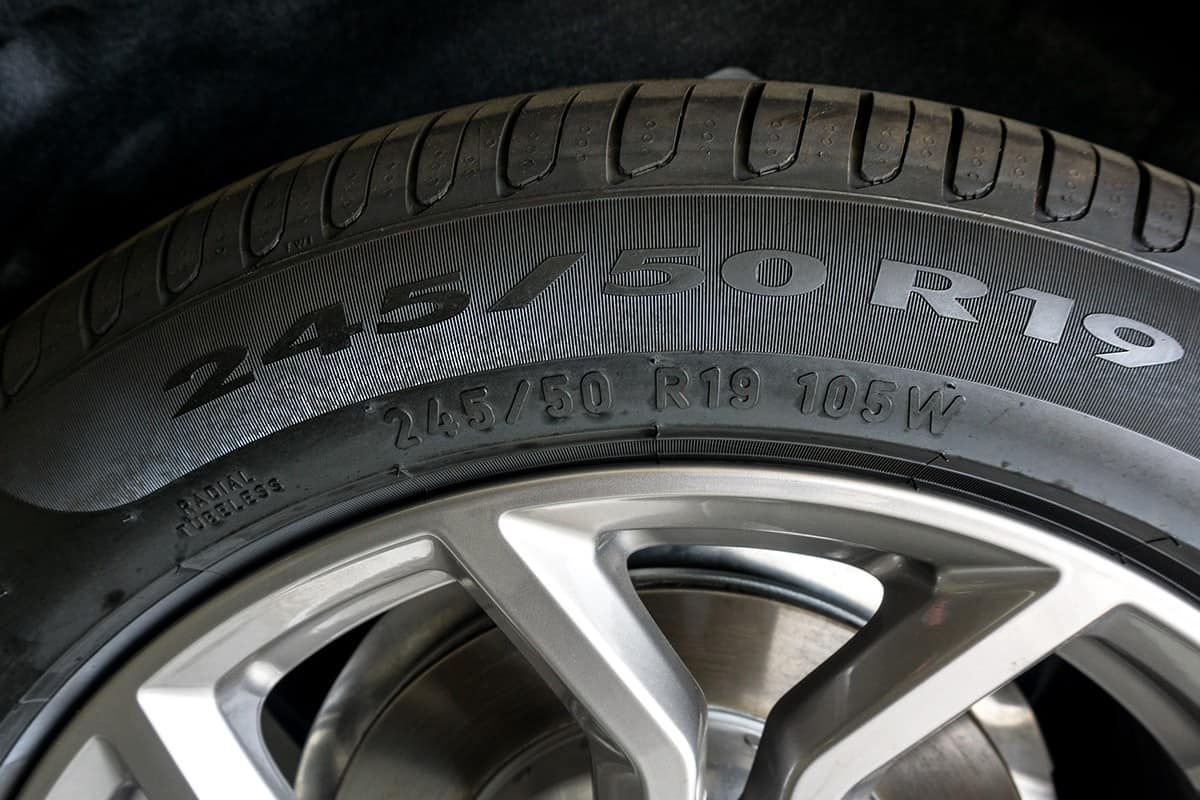
The tire's sidewall is the component that links the tread to the wheel. It is the vertical part of the tire that extends from the bead to the tread.
The sidewall is typically stamped with a series of numbers and letters that indicate the tire's size, load capacity, and speed rating, among other things.
Although drivers prioritize factors like tread pattern and size, the tire sidewall size also plays a crucial role in impacting vehicle performance and safety in multiple ways:
Comfort
The sidewall of a tire helps to absorb shock and provide a cushion between the road and the vehicle. A taller sidewall can offer a more comfortable ride by providing more cushioning, while a shorter sidewall can be stiffer and offer a more responsive feel.
Handling
A shorter sidewall typically means a wider tire, which can offer better handling and steering response, especially in high-performance or sports cars.
Load Capacity
The tire's load capacity—the heaviest weight it can safely support—may be impacted by the sidewall's height and structure. Tires with taller sidewalls can typically support more weight, which is important for heavier vehicles or those that carry heavy loads.
Clearance
The size of the tire sidewall can also impact the clearance between the tire and the vehicle's body or suspension. In some cases, a taller or wider tire may rub against the body or suspension, causing damage or affecting the vehicle's handling.
What Factors You Should Consider When Choosing The Right Tire For Your Needs?
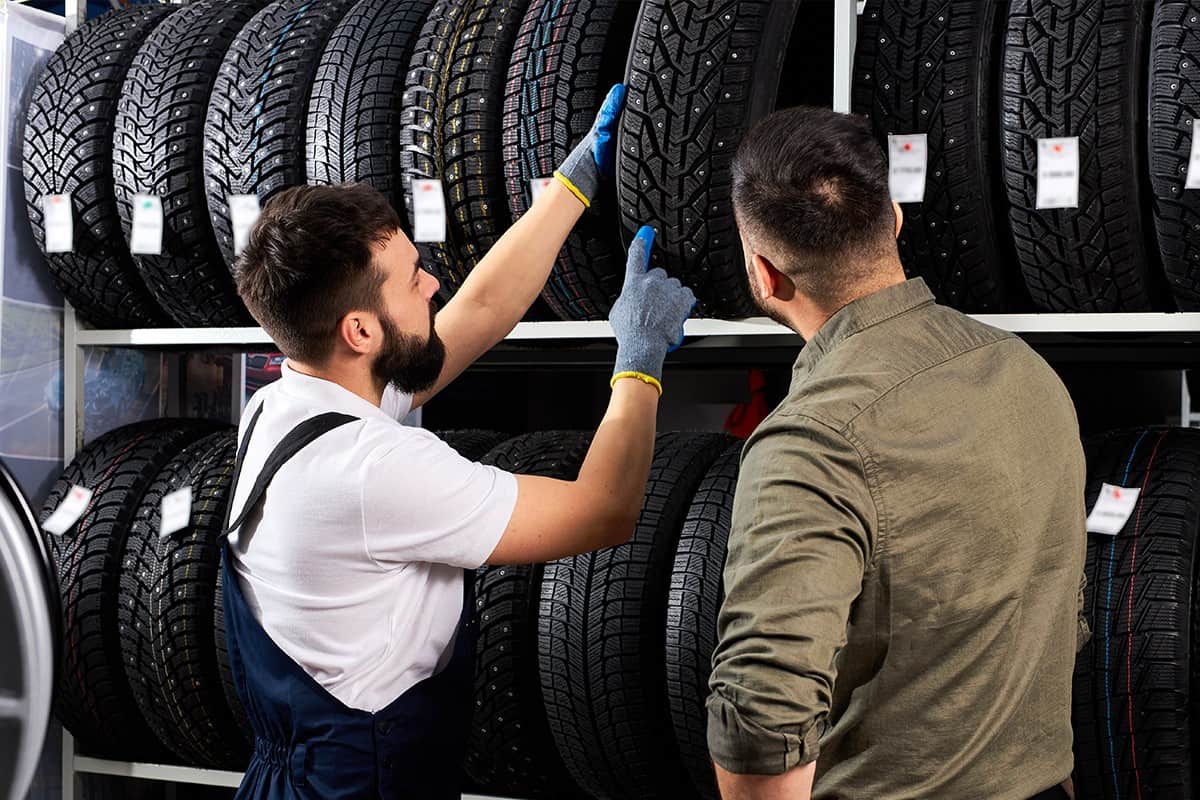
There are multiple factors to take into account when deciding on the appropriate tire for your vehicle, such as:
Vehicle Type
The type of vehicle you have can play a big role in determining the best sidewall size. For example, a truck or SUV may require a tire with a taller sidewall to support the weight of the vehicle and provide better off-road performance.
Driving Style
If you enjoy high-performance driving, a shorter sidewall, and wider tire may be better suited to your needs. However, if you prioritize comfort and a smooth ride, a taller sidewall may be the way to go.
Road Conditions
The type of road conditions you typically encounter can also impact your tire sidewall choice. If you frequently drive on rough or uneven roads, a taller sidewall can provide better shock absorption and help protect your rims from damage.
Speed Rating
The speed rating of your tire can impact the sidewall size as well. High-performance tires with a higher speed rating typically have a shorter sidewall to provide better handling at higher speeds.
How To Determine The Correct Tire Sidewall Size For Your Vehicle?
Determining the correct tire sidewall size for your vehicle is a crucial step in ensuring optimal tire performance, safety, and ride comfort. To determine the correct tire sidewall size for your vehicle, you may consider following the steps below:
1. Check Your Owner's Manual
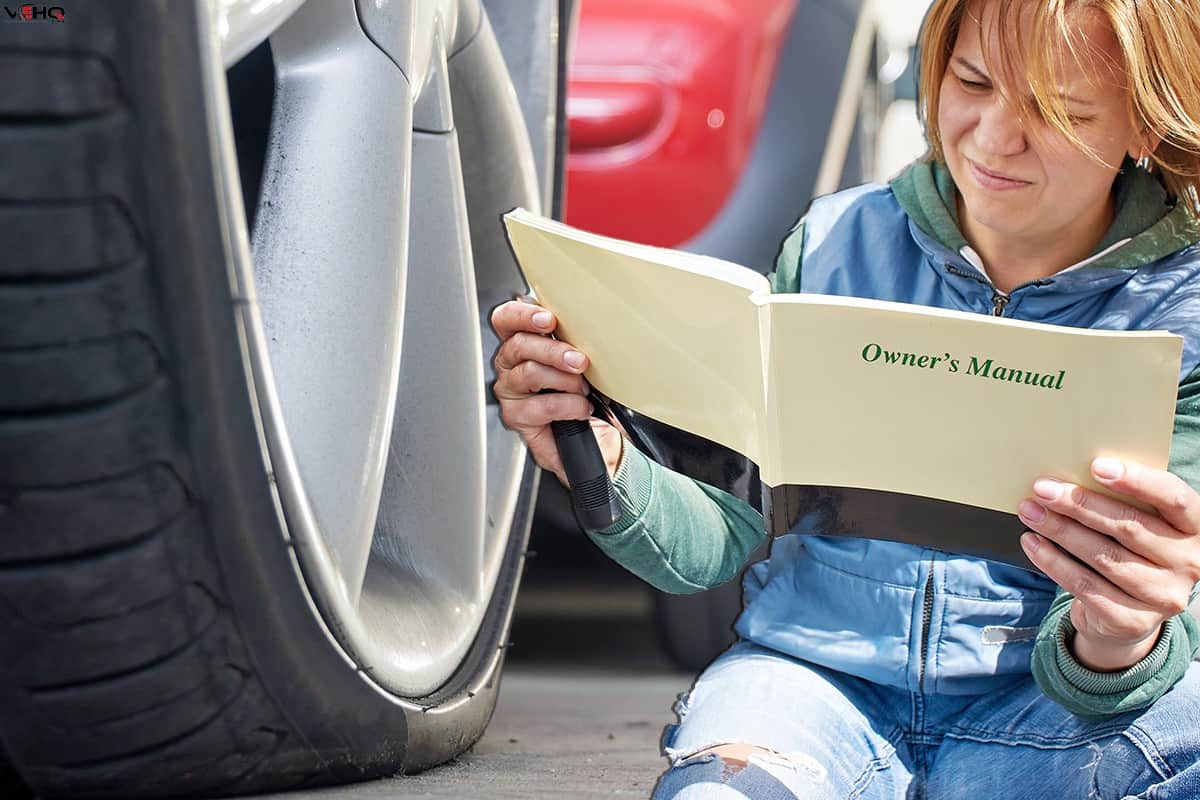
The first and most important step in determining the correct tire sidewall size for your vehicle is to check your owner's manual. The manual will typically provide you with information on the recommended tire size for your vehicle, including the width, aspect ratio, and wheel size.
If you're unsure of where to find this information, you can usually find it in the tire section or specifications section of the manual.
2. Check The Tire Sidewall
If you don't have access to your owner's manual or if you need to confirm the recommended tire size, you can check the sidewall of your current tire.
The sidewall of a tire contains a series of numbers and letters that provide information on the tire size, load capacity, speed rating, and other characteristics. The sidewall size is typically denoted by a three-digit number followed by a slash (/) and another two-digit number.
To illustrate, if you see "215/55" on the sidewall, the initial digit (215) indicates the tire's width in millimeters, while the second digit (55) indicates the tire's aspect ratio, this expresses the tire's height to width ratio.
3. Consider The Load Capacity & Speed Rating
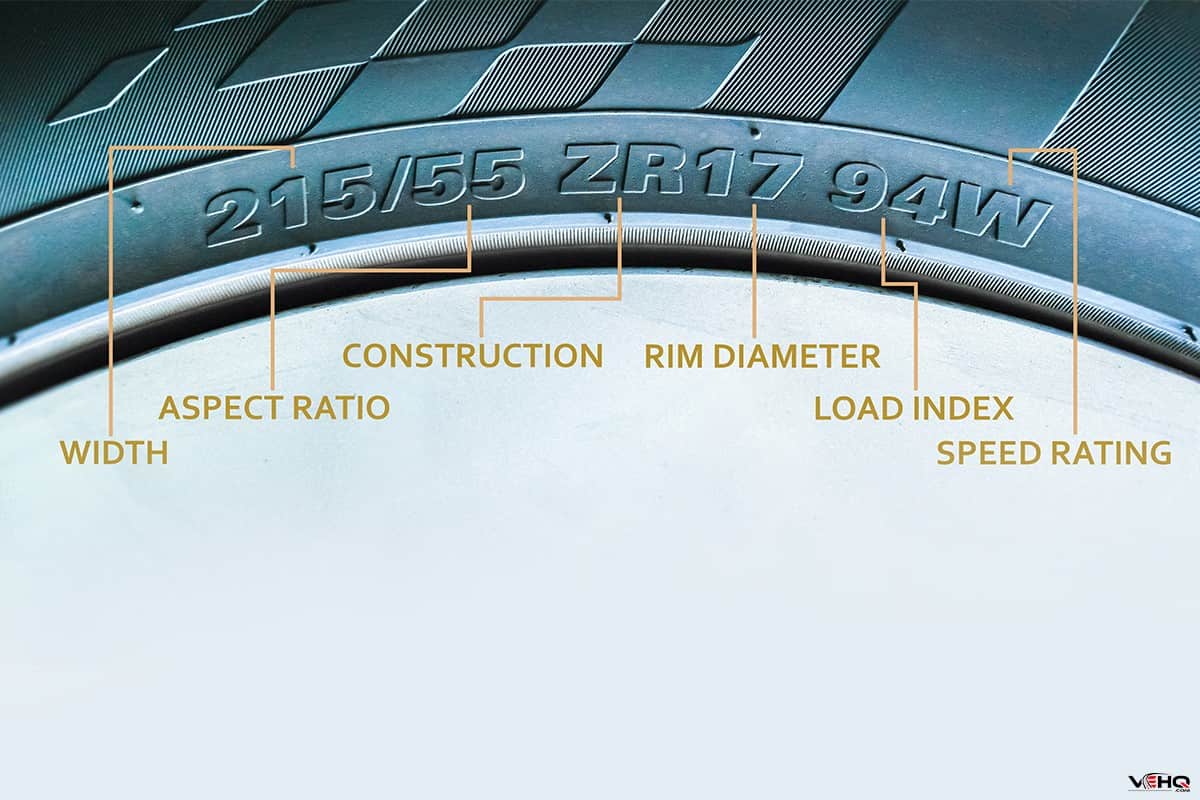
Once you have determined the recommended sidewall size for your vehicle, it's essential to consider the load capacity and speed rating.
The load capacity refers to the amount of weight a tire can safely carry, while the speed rating indicates the highest speed that the tire can safely accommodate.
You can find this information on the sidewall of the tire, typically denoted by a letter or number following the sidewall size.
For example, if the sidewall size reads "215/55 ZR17 94W," the number 94 represents the load index, which indicates that the tire can carry up to 1,477 pounds of weight. The letter H represents the speed rating, which indicates that the tire can handle speeds of up to 168 miles per hour.
Consult With A Tire Professional
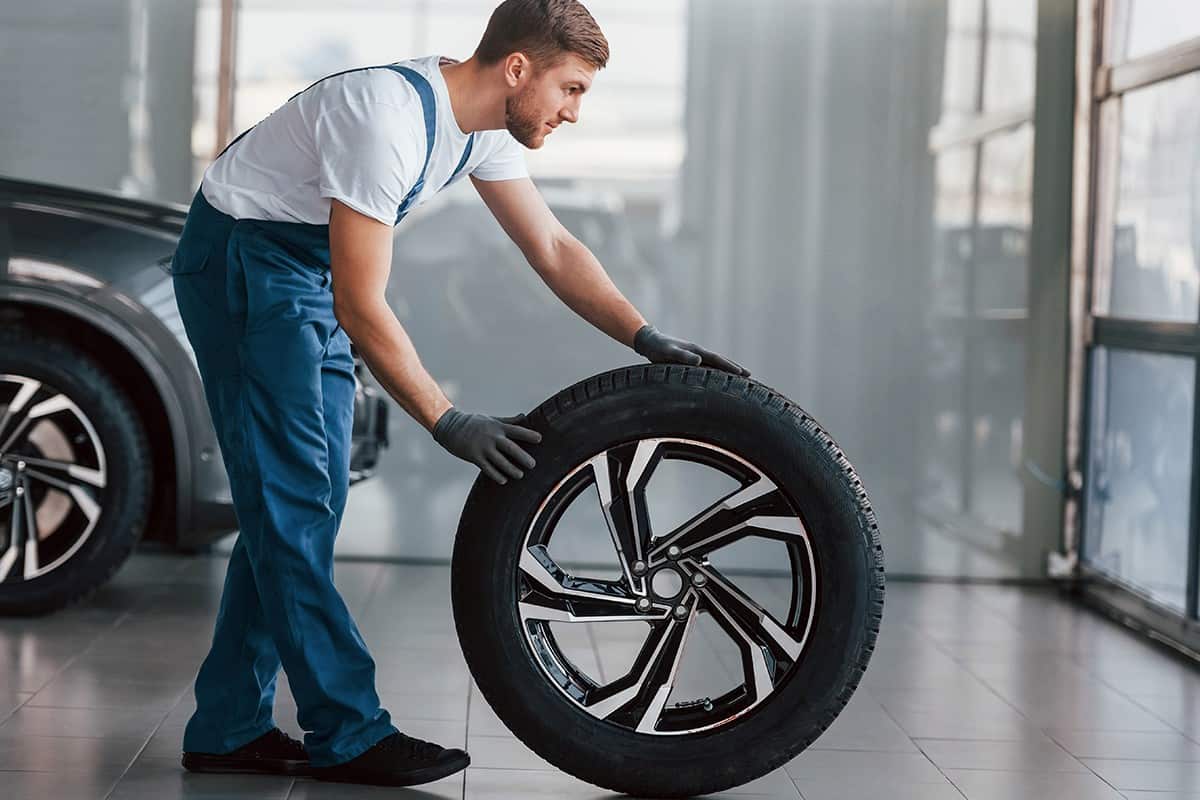
If you're still unsure about the correct tire sidewall size for your vehicle or if you have any questions or concerns about tire selection, you can consult with a tire professional.
A trained technician can provide you with valuable insights into tire performance, load capacity, and speed ratings and help you choose the right tire for your vehicle.
How Does Tire Sidewall Size Affect The Driving Noise Levels?

The sidewall is part of the tire that connects the tread to the wheel rim. It affects how much noise is transmitted into the cabin of the vehicle.
A taller sidewall can help to reduce noise levels inside the cabin of the vehicle. This is because the taller sidewall provides more space for air to circulate and for sound waves to dissipate before they reach the cabin.
Additionally, a taller sidewall will often have more rubber and a thicker layer of insulation between the road and the cabin, which can further reduce noise levels.
Conversely, a shorter sidewall will generally produce more road noise inside the cabin of the vehicle. This is because there is less space for air to circulate and sound waves to dissipate, and less rubber and insulation between the road and the cabin.
The noise level can also be affected by the type of tread pattern on the tire, as some tread designs are inherently noisier than others.
However, it is important to note that there are trade-offs when it comes to tire sidewall size. While a taller sidewall can reduce noise levels, it can also affect handling and stability.
A taller sidewall will generally have more flex and roll during cornering, which can lead to a less precise and responsive feel. Additionally, a taller sidewall can be more prone to damage from curbs or other hazards, as there is more rubber exposed to potential impact.
What Is The Connection Between Tire Sidewall Size & Fuel Efficiency?
The connection between tire sidewall size and fuel efficiency lies in the rolling resistance of the tire. When a tire roll on a surface like a road, a force called rolling resistance is exerted against it.
A tire with a larger sidewall size will generally have a higher rolling resistance than a tire with a smaller sidewall size. This is because a tire with a taller sidewall size has more flex in the sidewall, which can cause it to deform more as it rolls, leading to more friction and energy loss.
Higher rolling resistance means that the engine must work harder to keep the vehicle moving, which results in lower fuel efficiency.
Thus, choosing a tire with a smaller sidewall size can help improve fuel efficiency by reducing rolling resistance and making it easier for the engine to move the vehicle.
However, it is important to ensure that the chosen tire size is appropriate for the vehicle and does not compromise safety or handling.
Why Does Side By Sides Have Different Size Tires?
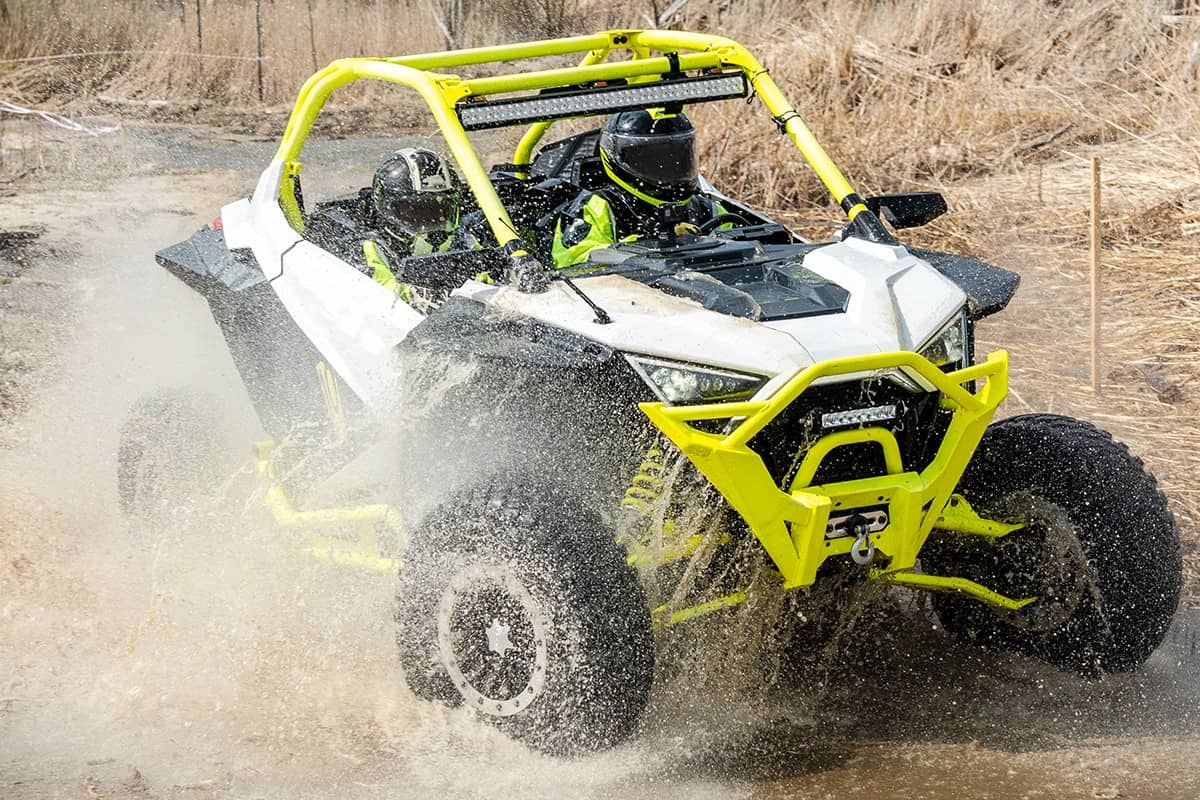
Side-by-side vehicles (also known as SxS or UTVs) are designed for off-road use and are often equipped with different size tires for various reasons. Here are some of the common reasons why side-by-sides have different-size tires:
Traction & Stability
The size of the tire affects the amount of traction and stability of the vehicle. Larger tires provide better traction and stability, especially on uneven terrain.
However, larger tires can also make the vehicle heavier and may affect its maneuverability in tight spaces. Therefore, side-by-sides may have larger tires on the rear to improve traction and stability while having smaller tires on the front to maintain maneuverability.
Suspension
Side-by-sides have different suspension systems that require different size tires. For example, some side-by-sides have a longer travel suspension that requires larger tires to maintain ground clearance and prevent the vehicle from bottoming out on rough terrain.
Speed
Side-by-sides designed for higher speeds may have larger tires to increase their top speed and improve overall performance. However, larger tires may also decrease acceleration and low-speed maneuverability.
Cargo Capacity
Side-by-sides designed for hauling heavy loads may have larger tires to increase their load capacity and improve stability while carrying heavy cargo.
Conclusion
The size of the tire sidewall does matter and can have a significant impact on the performance, comfort, and safety of your vehicle. Overall, it is essential to choose a tire with the right sidewall size to ensure optimal performance, comfort, and safety.
Read some of the interesting articles we have below.
